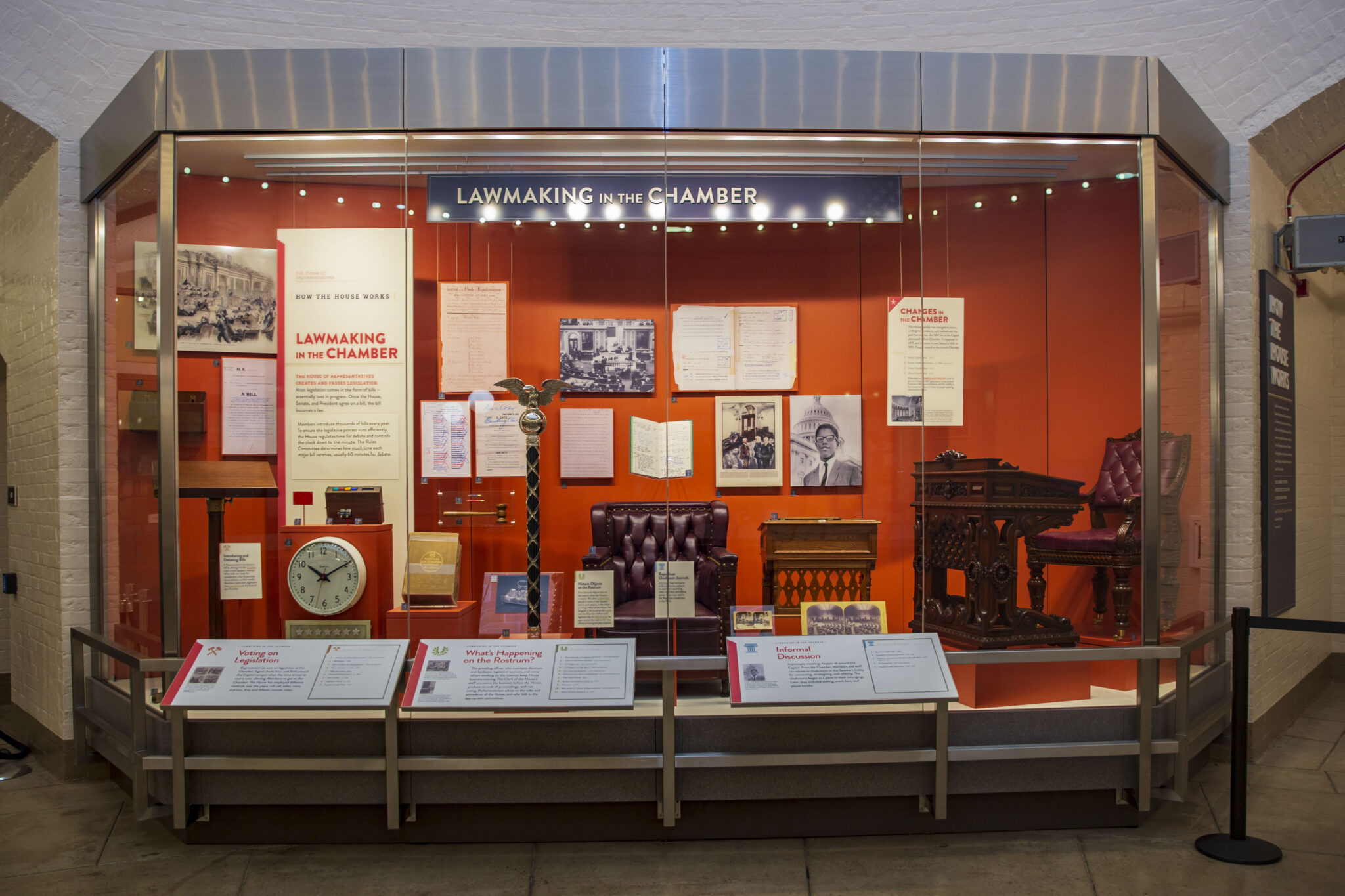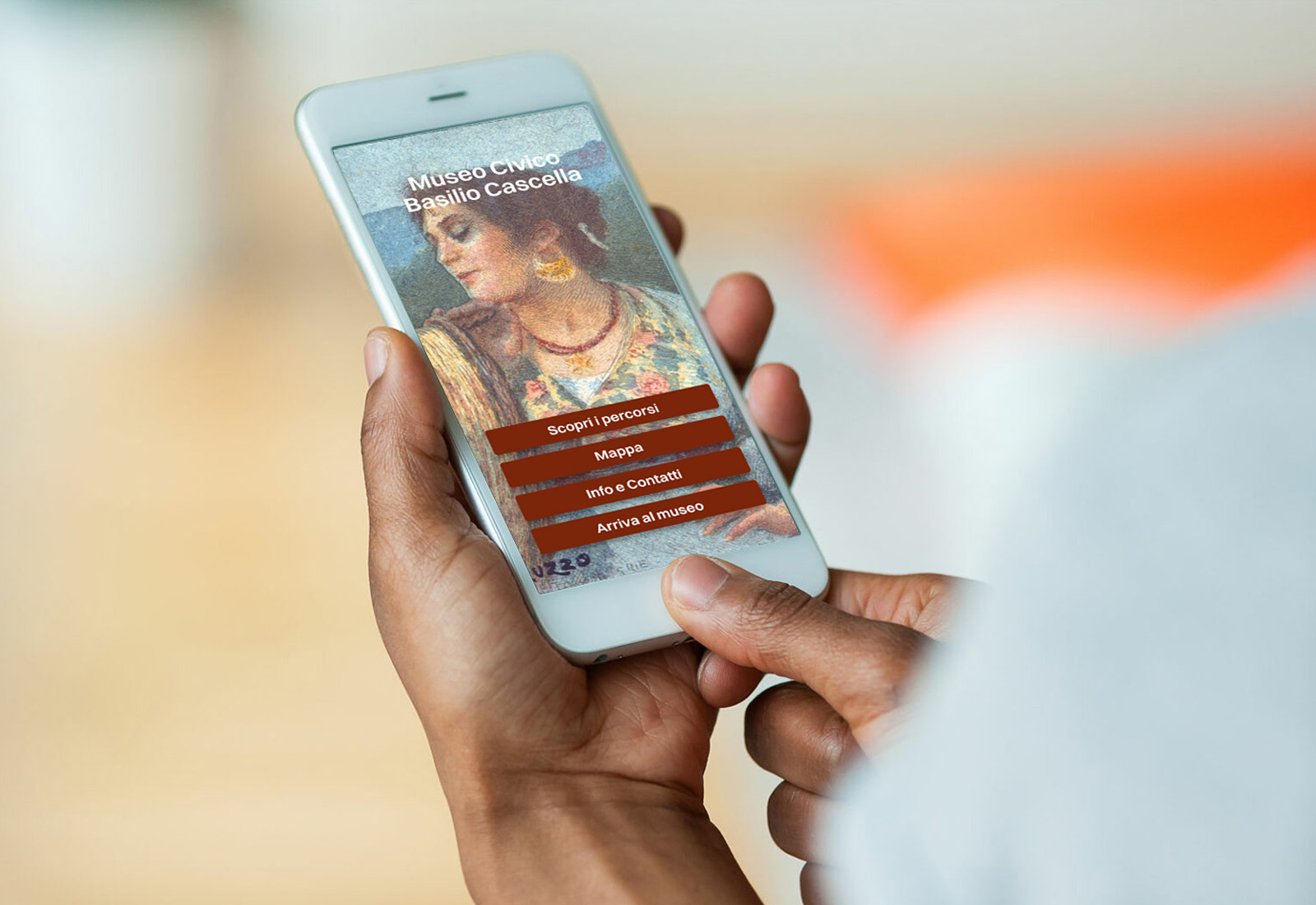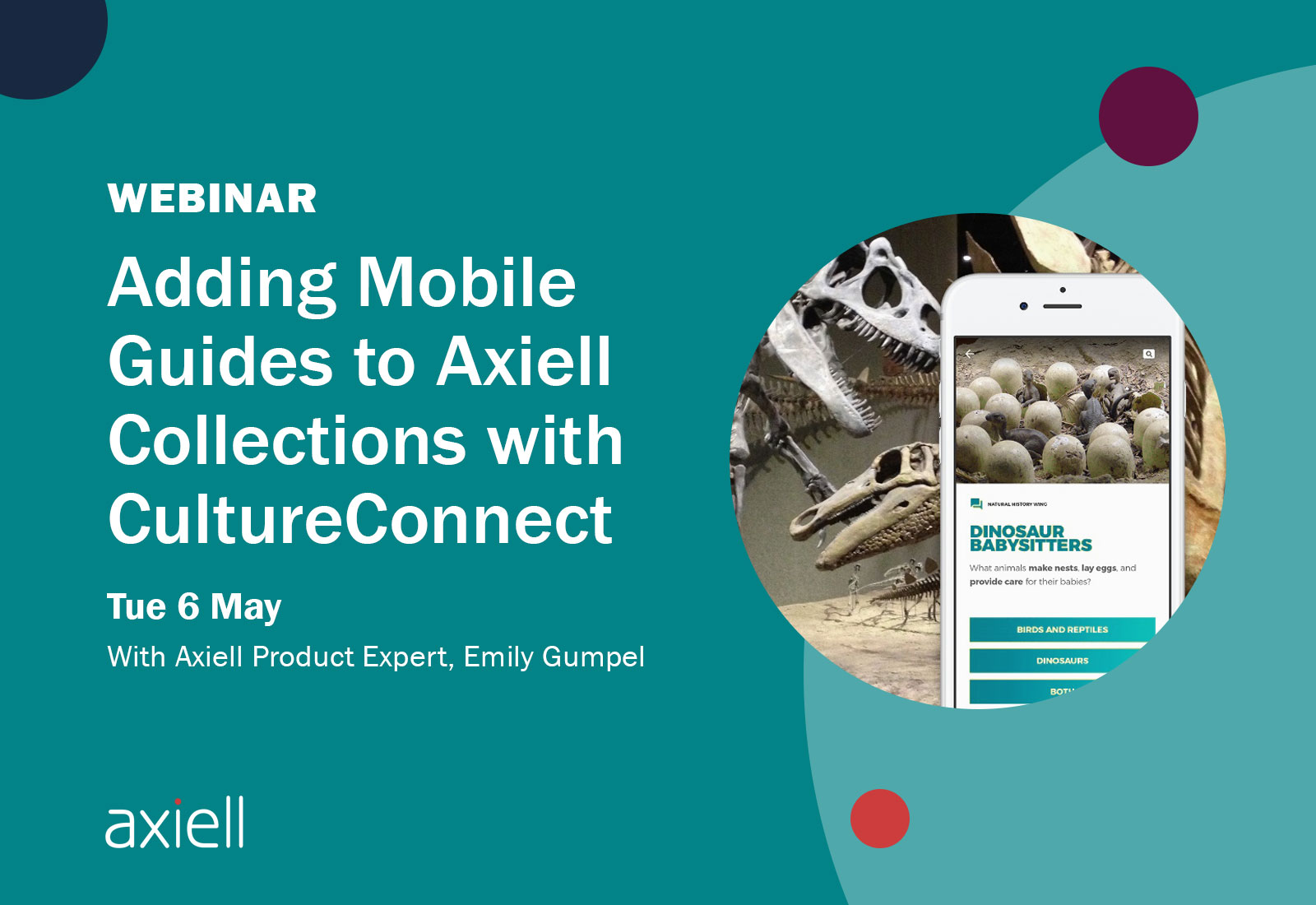![]()
CASE STUDY:
U.S. House of Representatives
MOBILE GUIDE | 3D CONTENT | DIGITAL STRATEGY
NEW REPORT: Top Trends in Culture Technology
NEW REPORT: Top Trends in Culture Technology
![]()
MOBILE GUIDE | 3D CONTENT | DIGITAL STRATEGY
The Office of Art and Archives for the U.S. House of Representatives wished to launch a mobile guide to serve the many diverse audiences that work inside and visit the Capitol. The impetus for creating this mobile experience was the launch of How the House Works, an exhibition in the Cannon House Office Building. This permanent exhibition includes historic artifacts and documents which illuminate the surprisingly diverse work and workers who keep the House of Representatives running.
The challenge of this experience was developing content for a wide breadth of users including members of government, their staffers, and nonpolitical staff, as well as lobbyists, the visiting public & constituents, and VIPs.
To arrive at the best approach, the Office of Art and Archives engaged CultureConnect to develop a digital strategy first that then guided the content development.
More than just a guide of the exhibition content, the mobile guide told a broader story of how Congress works and serves as a training tool for staffers giving tours as much as a collection of historical anecdotes and rich media that’s fascinating for everyone doing business at the capitol.
To create a digital experience for a diversity of users, the Office of Art & Archives engaged the CultureConnect team for a digital strategy project that identified key users as well as their wants, needs, and pain points.
Using Empathy Maps, Journey Maps and other tools for developing these Personas, together we were not only better able to understand the users, but also the team was able to craft and present targeted content and distribute the application most effectively.
The exhibits on display within the Cannon House Office Building are not in a traditional gallery space. Each person passing through the exhibit space has arrived with a purpose – staffers giving private tours, citizens visiting their representative, or lobbyists, reporters and administrators conducting regular business.
The primary objective of the digital strategy workshop was to better understand each user’s use case and journey in the Cannon House Office Building in order to develop content and ensure we were getting the mobile guide into user’s hands.
In the weeks preceding our digital strategy workshop, Visitor Services and Appointment Desk staff provided their insight along with the client team to help build a comprehensive picture of the onsite experience. It quickly became clear that this mobile guide needed to be a:
Many users may be pressed for time or on-the-go when engaging with the application initially, while at the same time they may want to dive deeper at another time. This meant that we needed to craft content in layers, bite-sized chunks, and with a bias towards interactivity and multimedia (over long text blocks).
To accomplish this, the mobile guide cleverly uses image carousels, the image mosaic module, embedded media within text blocks, animated touch points on images (hotspots), and 3D content. Some examples of how the app utilized these features:
The mobile guide content showcases American history through the activities, memories, and milestone events that took place right where you, a visitor or staff member, may be standing! For example, interactive images featuring suffragette Victoria Woodhull tells the story of the first woman to testify ’s before a House committee in her fight for a woman’s right to vote.
The app also provides behind-the-scenes facts to help visitors navigate the sites and sounds – for example, helping a new visitor interpret the buzzers going off throughout the office buildings while the House is in session. One light means the house is in session. Check out the app to learn what the other five signals mean!
The mobile guide’s content centered around the objects featured in this permanent physical installation, employing each object as an entry point to tell a broader story and showcase additional artifacts and media. Ensuring the digital experience aligned to the physical installations in a busy space with multiple entry points meant creating a non-linear mobile guide experience. Rather than dictate ordered ‘stops’ on a single tour, we created four thematic tours that aligned to the four main installations.
The exhibit design firm, Design Minds, deployed one of four colors across the four installations with the themes: Lawmaking in the Chamber, Purpose and Place, Serving the People, Speaker Cannon’s Legacy. Similarly, the color scheme in each tour in the mobile guide reflected the colors featured in each of the four installations to reinforce visual cues and provide a way-finding trigger.
Another way-finding trigger used instead of the traditional stop code numbers is the Visual Navigation at the bottom of each content page. Visual Navigation is a series of image tiles the user can tap to navigate to another content page, navigation within the app triggered by what’s visually interesting in the collection.
All of these components come together to help create flexible navigation. Whether a user enters the space and first sees an object across the room or a visitor discovers an object in the app and seeks it out in the physical space, the mobile guide is designed to offer layers of visual cues to help a user connect with the story they want to learn about.

Learn more about how we’ve delivered results for our clients, or contact us to schedule a demo!
Axiell, the world’s leading provider of software and services for the cultural sector, has signed...
Read moreFrom interactive maps and audio tours, to fun quizzes and games, learn how Axiell’s Mobile...
Read moreLearn how Axiell customers are deploying digital storytelling, improving workflows, and enhancing accessibility with CultureConnect...
Read more



